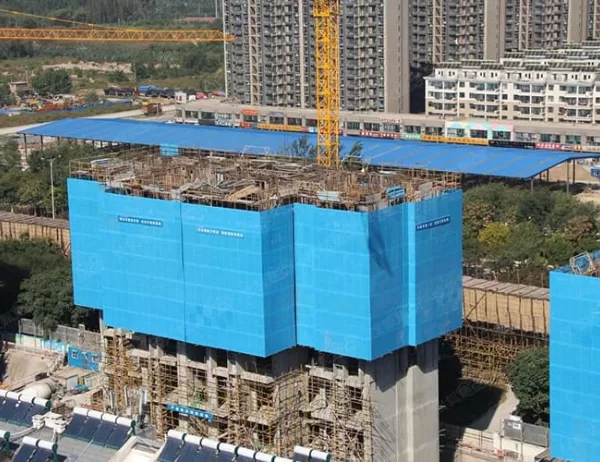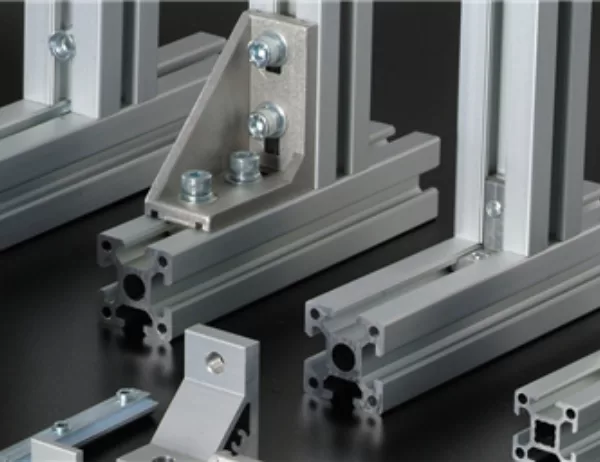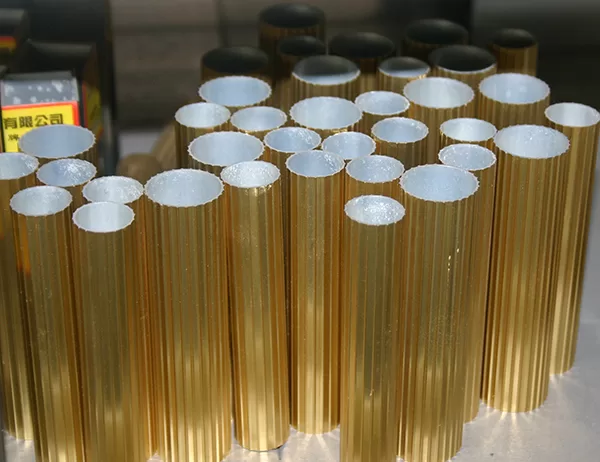Introduction
In the realm of modern architecture, aluminium cabinet profiles have emerged as an indispensable element, redefining the design and functionality of our living spaces. Their versatility, durability, and aesthetic appeal have made them a preferred choice for architects and designers seeking to create sophisticated and functional interiors.
Durability and Low Maintenance
Aluminium is renowned for its exceptional strength-to-weight ratio, making aluminium cabinet profiles ideal for creating durable and robust structures. They can withstand heavy loads without compromising structural integrity, ensuring the longevity of cabinetry systems.
Aluminium’s inherent corrosion resistance plays a vital role in contemporary architecture, particularly in environments prone to moisture and humidity. Aluminium cabinet profiles exhibit high resistance to rust and oxidation, preserving their appearance and performance over time.
Versatility and Customization
Aluminium profiles can be extruded into various shapes and sizes, offering architects and designers unlimited design possibilities. This flexibility allows for the creation of custom cabinetry solutions that cater to specific functional and aesthetic requirements.
The availability of diverse colour and finish options further enhances the versatility of aluminium cabinet profiles. From sleek anodized finishes to vibrant powder coatings, architects and designers have a wide range of choices to match their desired aesthetic vision.
Functionality and Space Optimization
Aluminium cabinet profiles provide efficient storage solutions, maximizing space utilization in various architectural settings. Their modular design allows for the creation of compact and organized storage units that cater to不同 storage needs.
Incorporating ergonomic principles, aluminium cabinet profiles enable seamless and intuitive interactions. From soft-close mechanisms to adjustable shelves, they enhance the user experience by providing easy access and optimal functionality.
Sustainability and Environmental Impact
Aluminium is a highly recyclable material, making aluminium cabinet profiles an environmentally responsible choice. The ability to recycle and reuse aluminium reduces construction waste and promotes sustainable practices in architecture.
Aluminium profiles contribute to energy efficiency by reducing heat loss through their thermal insulation properties. By incorporating aluminium into cabinetry systems, architects can create energy-saving interiors that minimize heating and cooling costs.
Conclusion
The integration of aluminium cabinet profiles in contemporary architecture has profoundly impacted the design and functionality of modern interiors. Their durability, versatility, and sustainability have made them an indispensable element, enabling architects and designers to create sophisticated and practical spaces that meet the evolving needs of modern living.




